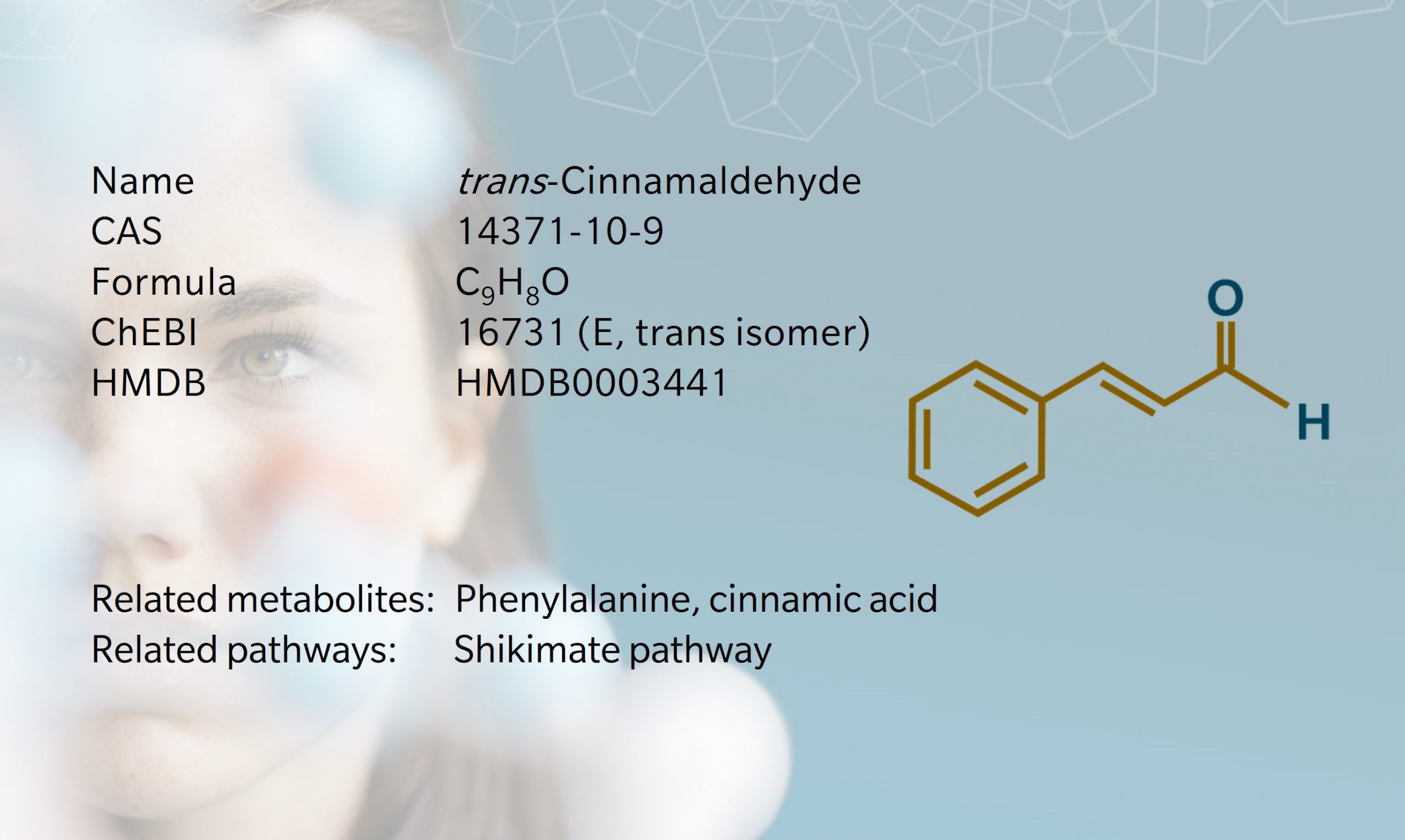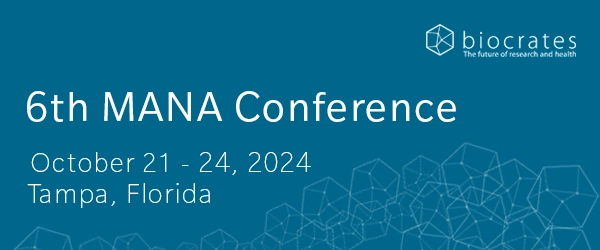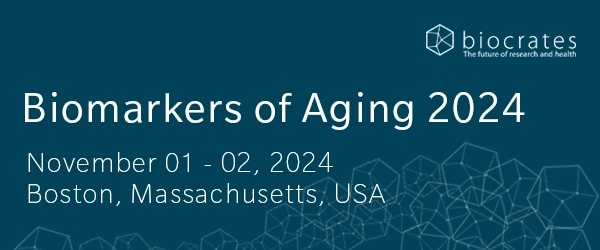History & evolution
Biosynthesis vs. dietary uptake
Cinnamaldehyde and infectious diseases
Cinnamaldehyde and metabolic disease
Cinnamaldehyde and chronic diseases
History & Evolution
2000 BC: cinnamon is used to embalm mummies (Abdel-Maksoud et al. 2011) | 1834: isolation of cinnamaldehyde from cinnamon oil (Dumas et al. 1834) | 1854: first synthesis from unrelated compounds (Richmond 1947)
As the name suggests, cinnamaldehyde is a compound found in cinnamon, contributing to cinnamon’s flavor, aroma and potential health benefits. Cinnamaldehyde has antimicrobial, antioxidant and anti-inflammatory properties, and is also studied for its potential effects on cardiovascular and metabolic diseases.
Cinnamon is prepared from the inner bark of Asian evergreen trees, with Sri Lanka its primary producer. Tree bark is typically removed from the branches of mature trees and left to dry in the sun without additional treatment (Shang et al. 2021). Dried bark curls into cinnamon sticks and may be ground into powdered form. Different species of cinnamon tree contain different amounts of cinnamaldehyde and other metabolites. Cinnamomum verum (native to Sri Lanka and later introduced in other countries of the Indian subcontinent) is considered the original cinnamon tree for international trade.
Metabolomics has been used to find signatures of the different cinnamon tree species in cinnamon samples (Avula et al. 2015; Wang et al. 2020; Zhang et al. 2022). Cinnamon from C. verum is typically high in cinnamaldehyde and low in coumarin (Wang et al. 2020). Metabolic profiling can differentiate ‘true’ cinnamon from C. verum from other plants used to produce cinnamon such as C. cassia, simply by measuring the proportion of cinnamaldehyde, coumarin and other metabolites in the samples (Zhang et al. 2022). C. cassia and other species growing in China are prevalent in traditional Chinese medicine.
Cinnamaldehyde is also synthesized by a broad range of microorganisms that exploit its antibacterial and antifungal properties (Gan et al. 2020). In addition, bacteria (e.g., E. coli) can be engineered to synthesize cinnamaldehyde from phenylalanine (Bang et al. 2016).
Biosynthesis vs. dietary uptake
In plants, cinnamaldehyde is synthesized via the Shikimate pathway, a pathway that also yields aromatic amino acids and folates (Morrow 2013). Starting with phosphoenolpyruvate (PEP), this pathway generates aromatic amino acids that are precursors to cinnamaldehyde. Interestingly, bacteria and other microorganisms can also synthesize cinnamaldehyde through this pathway, for example, from phenylalanine.
In C. verum, phenylalanine ammonia-lyase catalyzes the conversion of phenylalanine into trans-cinnamic acid, a compound with antioxidant and anti-inflammatory properties also responsible for some of cinnamon’s biological activities.
It has also been suggested that cinnamic acid plays a role in improving insulin sensitivity (Stevens et al. 2022) and in protection of the cardiovascular system, making it potentially beneficial for people with diabetes and early-stage metabolic disease. Kinetic analysis in rat blood showed that cinnamaldehyde was quickly converted to cinnamic acid via a protein-driven mechanism (Yuan J. et al. 1992).
Cinnamaldehyde and infectious diseases
Cinnamaldehyde and its derivatives have attracted attention for their antimicrobial potential, for example in the development of tuberculosis treatment (Nordqvist et al. 2011). Metabolomics has shown that exposing cultures of Mycobacterium tuberculosis (the strain responsible for the disease) to cinnamon essential oil alters small molecules, including biotin levels and tetrahydrofolate biosynthesis, which is essential for optimal one-carbon metabolism (Sieniawska et al. 2020).
The same study revealed a significant effect on many lipid classes, with most changes seen in phospholipids (primarily phosphatidylethanolamines and phosphatidylglycerols) and glycerophospholipids (primarily triglycerides and monoglycerides).
Cinnamaldehyde is not the only antibacterial compound in cinnamon; other metabolites such as eugenol may contribute to the antimicrobial effects of cinnamon essential oil and extracts (Vasconcelos et al. 2018).
Cinnamaldehyde and metabolic disease
Cinnamon has been long considered a beneficial food for patients with type 2 diabetes. There is mounting evidence that cinnamon and its metabolites may improve glycemic and lipidemic indicators (Silva et al. 2022). For instance, a 2007 study in male rats with streptozotocin-induced diabetes showed that a 45-day treatment with 20 mg/kg bw of cinnamaldehyde reduced plasma glucose and glycosylated hemoglobin levels, serum total cholesterol and triglyceride levels while increasing insulin, high-density lipoprotein (HDL) cholesterol and liver glycogen levels (Subash Babu et al. 2007).
Randomized controlled clinical trials have investigated the effects of cinnamon and shown that 1 to 3 g of cinnamon per day could reduce glycosylated hemoglobin levels (Silva et al. 2022). Clinical trials also confirmed its anti-inflammatory effect in humans (Davari et al. 2020).
Of note, while C. verum is the plant of choice for culinary cinnamon, many studies focus on C. cassia, C. zeylanicum and others. Whether this is due to easier access, a higher prevalence of those species in traditional Chinese medicine, or a higher therapeutic potential in those species is unclear.
Nevertheless, there appear to be large differences in the effects and required doses depending on the tree of origin for the cinnamon used in these trials. This may explain why a recent meta-analysis of epidemiological studies found no associations between cinnamon intake and levels of low-density lipoprotein (LDL) cholesterol, HDL cholesterol or glycosylated hemoglobin (Krittanawong et al. 2022). Thus, more work is needed to fully understand this spice.
Cinnamaldehyde and chronic diseases
Finally, research into the health benefits of cinnamon points to potential to address multiple complex chronic diseases, even beyond its anti-inflammatory effect. For example, cinnamaldehyde may have applications in cancer, owing to its capacity to induce apoptosis in cancer cells (Sadeghi et al. 2019). Cinnamon’s anti-inflammatory properties and unique flavor have been hypothesized to help breast cancer survivors better adhere to a Mediterranean diet (Zuniga et al. 2019).
Cinnamon’s effects on the immune system have also made it a spice of interest in the field of autoimmune diseases (Pahan et al. 2020). There are also ongoing trials focusing on the effects of cinnamon in various chronic diseases, from Alzheimer’s disease to autoimmune diseases. These encouraging findings suggest that cinnamon and its key metabolites could play an important role in redressing the metabolic imbalance at the origin of many complex chronic diseases (Hariri et al. 2016).
References
Abdel-Maksoud et al. 2011: A review on the materials used during the mummification processes in ancient Egypt | A review on the materials used during mummification processes in Ancient Egypt
Avula et al. 2015: Authentication of true cinnamon (Cinnamon verum) utilising direct analysis in real time (DART)-QToF-MS. Food additives & contaminants. Part A, Chemistry, analysis, control, exposure & risk assessment | https://doi.org/10.1080/19440049.2014.981763
Bang et al. 2016: Metabolic engineering of Escherichia coli for the production of cinnamaldehyde. Microbial Cell Factories | https://doi.org/10.1186/s12934-016-0415-9
Davari et al. 2020: Effects of cinnamon supplementation on expression of systemic inflammation factors, NF-kB and Sirtuin-1 (SIRT1) in type 2 diabetes: a randomized, double blind, and controlled clinical trial. Nutrition Journal | https://doi.org/10.1186/s12937-019-0518-3
Dumas & Péligot 1834: Recherches de chimie organique – Sur l’huile de cannelle, l’acide hippurique et l’acide sébacique. Annales de chimie et de physique | https://gallica.bnf.fr/ark:/12148/bpt6k6568974z/f311.image.r
Gan et al. 2020: Synthesis and Antifungal Activities of Cinnamaldehyde Derivatives against Penicillium digitatum Causing Citrus Green Mold. Journal of Food Quality | https://doi.org/10.1155/2020/8898692
Hariri & Ghiasvand 2016: Cinnamon and Chronic Diseases. Advances in experimental medicine and biology | https://doi.org/10.1007/978-3-319-41342-6_1
Krittanawong et al. 2022: Association Between Cinnamon Consumption and Risk of Cardiovascular Health: A Systematic Review and Meta-Analysis. The American journal of medicine | https://doi.org/10.1016/j.amjmed.2021.07.019
Nordqvist et al. 2011: Synthesis of functionalized cinnamaldehyde derivatives by an oxidative Heck reaction and their use as starting materials for preparation of Mycobacterium tuberculosis 1-deoxy-D-xylulose-5-phosphate reductoisomerase inhibitors. The Journal of Organic Chemistry | https://doi.org/10.1021/jo201715x
Pahan & Prahan 2020 : Can cinnamon spice down autoimmune diseases? Journal of clinical & experimental immunology | https://doi.org/10.33140/jcei.05.06.01
Richmond 1947: Preparation of cinnamaldehyde (1947) Patent US2529186A | https://patents.google.com/patent/US2529186A/en
Sadeghi et al. 2019: Anti-cancer effects of cinnamon: Insights into its apoptosis effects. European journal of medicinal chemistry | https://doi.org/10.1016/j.ejmech.2019.05.067
Shang et al. 2021: Beneficial effects of cinnamon and its extracts in the management of cardiovascular diseases and diabetes. Food & Function | https://doi.org/10.1039/D1FO01935J
Sieniawska et al. 2020: Untargetted Metabolomic Exploration of the Mycobacterium tuberculosis Stress Response to Cinnamon Essential Oil. Biomolecules | https://doi.org/10.3390/biom10030357
Silva et al. 2022: Cinnamon as a Complementary Therapeutic Approach for Dysglycemia and Dyslipidemia Control in Type 2 Diabetes Mellitus and Its Molecular Mechanism of Action: A Review. Nutrients | https://doi.org/ 10.3390/nu14132773
Stevens et al. 2022: A Review and Exploration of Mechanisms Using In Silico Molecular Docking Simulations. Molecules | https://doi.org/10.3390/molecules27030853
Subash Babu et al. 2007: Cinnamaldehyde–a potential antidiabetic agent. Phytomedicine | https://doi.org/10.1016/j.phymed.2006.11.005
Morrow 2013: The Shikimate Pathway: Biosynthesis of phenolic products from shikimic acid. | https://doi.org/10.1093/oso/9780199860531.003.0009
Tohge et al. 2013: Shikimate and phenylalanine biosynthesis in the green lineage. Frontiers in Plant Science | https://doi.org/10.3389/fpls.2013.00062
Vasconcelos et al. 2018: Antibacterial mechanisms of cinnamon and its constituents: A review. Microbial pathogenesis | https://doi.org/10.1016/j.micpath.2018.04.036
Wang et al. 2020: Metabolomic profiling and comparison of major cinnamon species using UHPLC-HRMS. Analytical and bioanalytical chemistry | https://doi.org/10.1007/s00216-020-02904-1
Yuan et al. 1992: Quantitation of cinnamaldehyde and cinnamic acid in blood by HPLC. Journal of analytical toxicology | https://doi.org/10.1093/jat/16.6.359
Zhang et al. 2022: Development of a Metabolite Ratio Rule-Based Method for Automated Metabolite Profiling and Species Differentiation of Four Major Cinnamon Species. Journal of agricultural and food chemistry | https://doi.org/10.1021/acs.jafc.2c01245
Zuniga et al. 2019: Dietary intervention among breast cancer survivors increased adherence to a Mediterranean-style, anti-inflammatory dietary pattern: the Rx for Better Breast Health Randomized Controlled Trial (2019) Breast cancer research and treatment | https://doi.org/10.1007/s10549-018-4982-9







